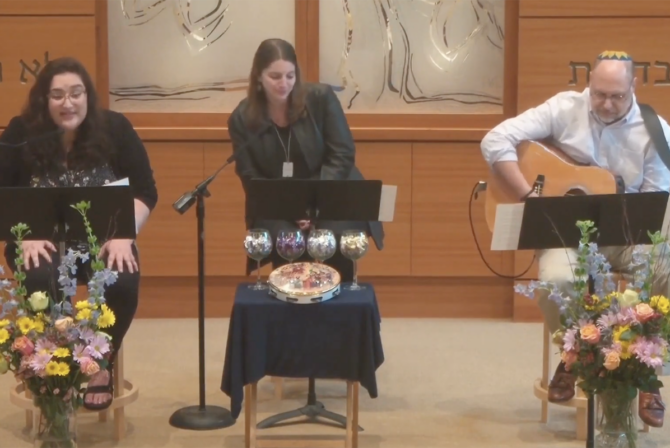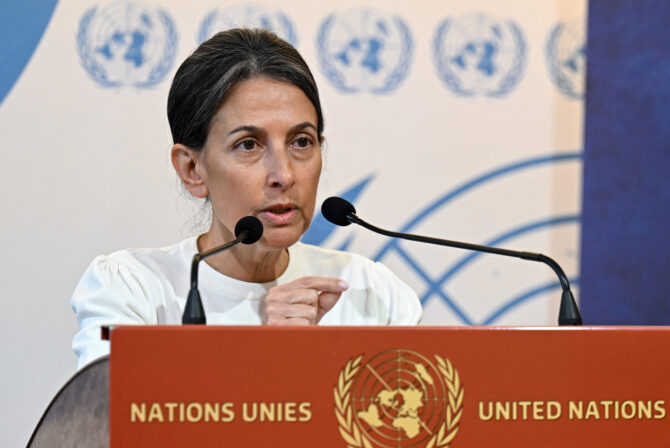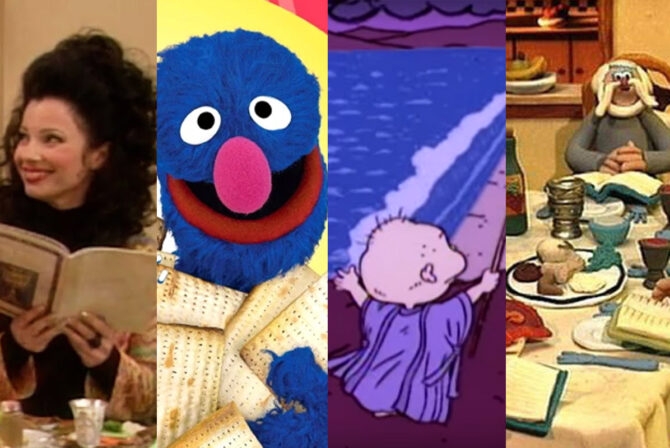I had a dream the other night; it was vivid and frightened the hell out of me. My son was on a table, and his body looked like a roasted chicken. He was crying because there was a doctor behind him pulling his chicken limbs off, one by one. I screamed and cried with my son, but had no power to stop or reverse his pain.
This dream is crazy but perhaps painfully understandable when you consider my history. Four months ago, my son Idan, who was 8 months old at the time, was rushed to ER because his respiratory rate had increased to a speed of 80 times per minute and he was panting like a dog. Obviously, something was wrong, but we had no way of anticipating what would come next.
We spent three weeks in the pediatric ICU with Idan hooked up to a ventilator and half a dozen tubes and IVs. He had contracted PCP, a rare form of pneumonia and was being treated for it, yet on the day he showed signs of recovering, the doctors came to deliver worse news. “Your son has a severe immune deficiency disorder, but we don’t know what it is yet,” they told us. Weeks went by until we had a diagnosis: Hyper IgM, also known as a CD40 Ligand Deficiency. Okay, it was worse than that: it was X-Linked Hyper IgM, meaning it was passed down through the mother.
Take a moment to digest that one. It came from me.
I felt like tearing my own limbs apart one by one, sure I deserved it for having been the one to have caused him the pain he was in. But I gathered myself together, drawing strength from my incredibly strong and resilient husband and son. The three of us embarked on a journey that would change our lives forever.
Right out of the gate, less than two days after Idan was discharged, we received a letter from our insurance company informing us that the costly treatment he received at the hospital–standard life-saving care for all individuals diagnosed with a severe immune deficiency disorder–would not be covered. I’m a lawyer and my husband has a Master’s in Public Health, so thankfully, we were able to successfully fight that decision (at least for now). But it haunts me to this day that the very first week out of the hospital, the very first time I could hold my son again, play with him on his mat, feed him his bottle, give him a decent bath, see him smile without tubes across his face and kiss those blessed cheeks, instead, I spent much of the time pouring over an insurance policy and making phone calls. It hurts.

That pesky insurance issue behind us, we began our hunt for the cure. It turns out that Hyper IgM is extremely rare, two in a million, in addition to being extremely dangerous. It renders the immune system ineffective at fighting off most bacteria, viruses, and opportunistic infections. It is not entirely known why, but it is associated with a significantly high incidence of cancer. It is essentially a death sentence; few with the disease make it past their adolescence or early 20s. My husband and I turned to the only known cure: a bone marrow transplant. A search was conducted and several perfect matches were found, and the only thing left for us to decide one was a hospital for the transplant to take place.
In less than three months, we became experts in bone marrow transplants across the country. We studied every chemotherapy drug used prior to transplant, graft versus host disease, common complications and infections, and any and every study we could get our hands on that shed light on the subject. We consulted with doctors in the U.K., Canada, Israel, Cincinnati, San Francisco, New York, Philadelphia, Boston, Duke, Seattle, Texas, Chicago, NIH, and Los Angeles. We spoke to parents in England, Florida, New Jersey, Maryland, Louisiana, and Utah.
Seattle soon emerged as the obvious solution. Not only did the hospital there first invent the bone marrow transplant, it was also the first to discover Hyper IgM and employs some of the smartest and most creative medical minds in the country in its world-renowned lab. The hospital is also using a protocol unlike anything else offered in the United States with a chemotherapy drug called Treosulfan. Without forcing you to become experts as my husband and I now are, suffice to say that Treosulfan is associated with significantly fewer fatal risks and complications than any other chemotherapy drug used to prepare patients for bone marrow transplant, and is equally effective. The choice for our family is clear.
Unfortunately, our belief that this hospital is the best place for our son’s surgery matters little to our insurance, which informed us that the hospital is out of network. This means that insurance will pay for whatever it deems “reasonable and customary,” and the rest is on us (along with the $50,000 co-pay we’re responsible for out of the reasonable and customary amount–what, you thought that insurance would cover the entire reasonable and customary amount? Not in this country).
Okay, but what does that mean?
It means that the transplant, which costs anywhere between $600,000 and $1,000,000 will cost us upwards of at least $250,000 to $650,000.
So here we are. Instead of spending the remaining precious days with our son before the transplant and planning for our trip to Seattle, we are spending our days and nights dealing with insurance and trying to come up with creative solutions.
Having hit the wall yet again, I feel fatigued, in addition to being angry and powerless and just plain scared, as any mother would be. But every time either my husband or I let ourselves break down, even a little bit, we say to each other, “Get up. Keep fighting. I need you as a partner in this. Don’t give up.”
Like any proud and gushing mother, I can go on and on about how special my son is. I can tell you how he lights up a room with his smile, how bitable his itty bitty yet chunky arms and legs are, his cheeks absolutely delectable, and his laugh that makes anyone who hears it want to scoop him up and squeeze him. The mannerisms of his father that he mimics, the curiosity and wonder in his eyes. That he is the utter definition of pure joy. All of that is true, and I have pictures and videos cataloging every day of his life to prove it.
But I have another call to make to my insurance company, and lots more work to do.
To learn more about my family’s story, and, if you can, to donate to Idan’s cause, go to www.youcaring.com/fundraiseforidan.
Like this post? Get the best of Kveller delivered straight to your inbox.








